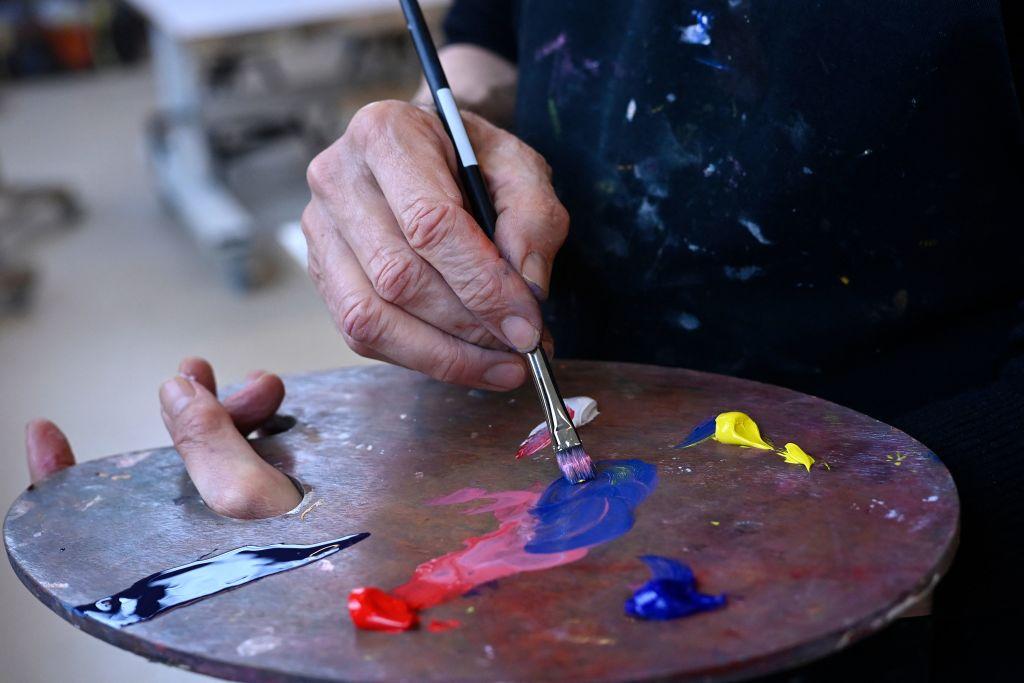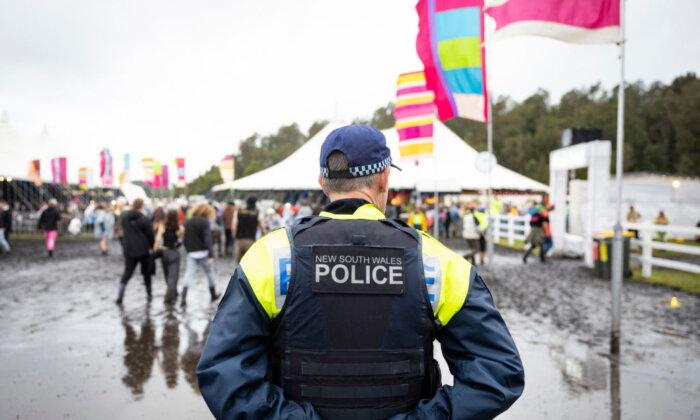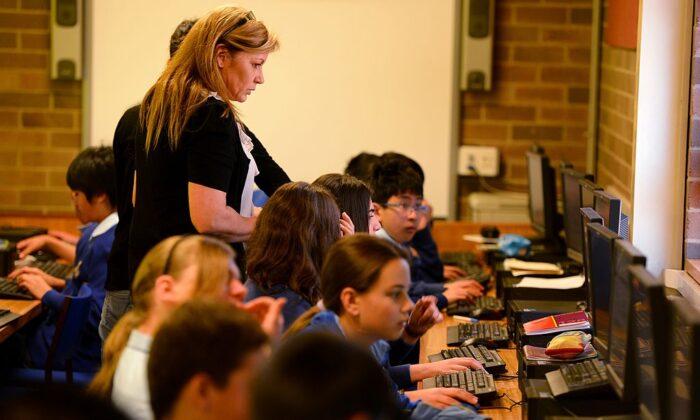Scientists at Deakin University have created a special process to turn old clothes into colourful pigments, giving a second life to discarded textiles instead of letting them go to waste.
Lead researcher and associate professor Rangam Rajkhowa said about 800,000 tonnes of textile waste are discarded in Australian landfills each year.
However, his team discovered that recycled particles from textile waste could be used far and wide.
Mr. Rajkhowa said, “Our simple but powerful approach could address the huge challenges of recycling textiles due to complexities of different colours, fibres, and blends.”
The process involves taking the lower-end textile waste that cannot be recycled otherwise and grinding the materials to produce a fine powder.
“We’re trying to use minimal energy and resources, so we are not only reducing textile waste, but it’s also a sustainable process,” he said.
“And nothing is left over. If you start with one kilogram (2.2 pounds) of textile waste, it will produce one kilogram of pigment,” he said.
Waste Textiles Get a ‘Beautiful Second Life’
This simple approach to recycling textiles led to the birth of the Perpetual Pigments project, where Indigenous artists displayed the pigments as works of art on campus.The exhibition showcased screen-printed fabric designs that used recycled pigments and conducted a test run of new T-shirts produced in collaboration with surf brand Rip Curl.
Perpetual Pigments co-curator Russell Kennedy said the project allowed artists to test the capabilities of the pigments, document their experience, and give feedback.
“We hope this is the first step in developing new ways that waste textiles can be given a beautiful second life,” he said.
Yorta/Baraparapa woman and Geelong artist Jenny Murray-Jones compared the new medium to watercolour paints.
“If Mum were still alive, I’d love to get her to give these pigments a try because I know she’d do a good job,” she said.
Meanwhile, fellow artist and Noongar/Ngapuhi/Ngati Tuwharetoa woman Kiri Tawhai loved what the recycled pigment represented.
“As an artist, I have a certain level of environmental guilt around the number of paintbrushes I go through,” she said.
“It’s always been important to me to be in the space of reusing and recycling as much as possible.
“So the fact that we’re taking fast fashion and turning it into a paint pigment is a really amazing thing.”
Looking Beyond Landfills
The sustainable solution through art was designed as the average Victorian creates 28 kilograms of textile waste yearly, equal to over 100 T-shirts, according to Sustainability Victoria.Although around 95 percent of the clothes sent to landfill could be reused or recycled, only 7 percent is.
However, the problem extends beyond landfills.
Textiles consume 98 million tonnes of non-renewable resources yearly, such as oil to produce synthetic fibres, fertilisers to grow cotton, and chemicals to make dye.
Therefore, the Deakin University research team is now looking into commercialising innovation so that even more textile waste can be diverted from landfills, benefiting the economy and environment.
In addition to supporting new markets for recycled products, new projects are expected to create new jobs and leverage an additional $6.7 million in investment from the sector.







